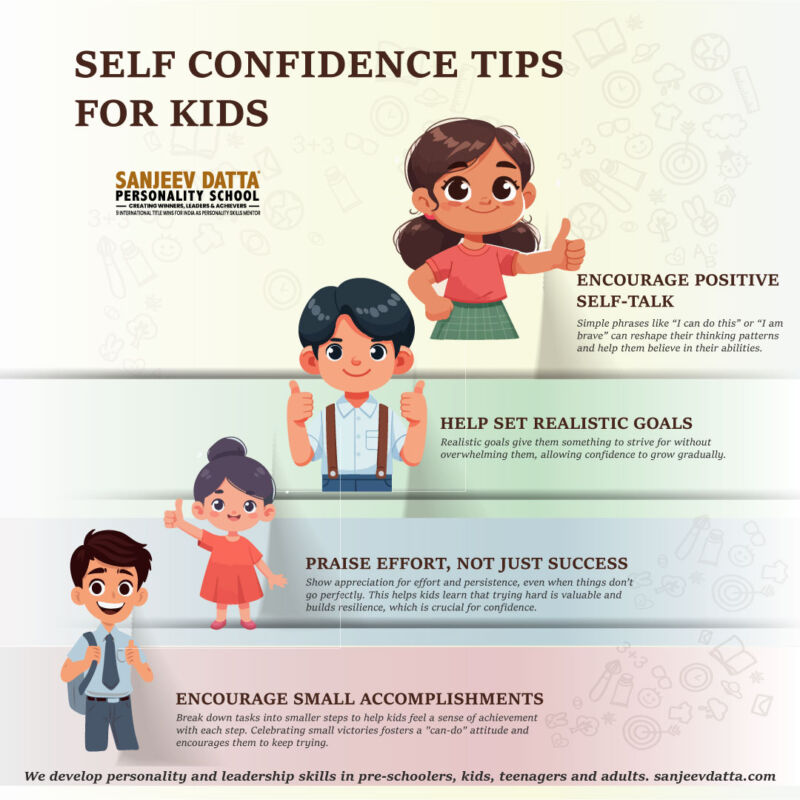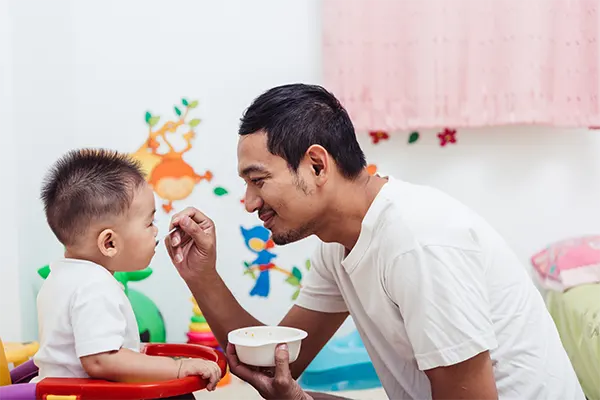Parenting toddlers can be a joyful yet challenging journey. During this stage, children are curious, energetic, and eager to explore the world around them. However, their developing brains often struggle with self-control, leading to tantrums and challenging behaviors. This is where positive discipline techniques come into play. Positive discipline techniques for toddlers focus on teaching and guiding rather than punishing, fostering a healthy parent-child relationship while promoting emotional and social growth. This article delves into effective strategies to discipline toddlers positively, ensuring they learn important life skills in a nurturing environment.
Understanding Positive Discipline
Positive discipline is a parenting approach rooted in mutual respect, understanding, and empathy. Unlike punitive methods, it emphasizes teaching children appropriate behaviors through communication, consistency, and reinforcement. This technique encourages toddlers to understand the consequences of their actions and develop problem-solving skills, all while feeling supported and loved.
Core Principles of Positive Discipline
- Focus on the Behavior, Not the Child
Address the behavior without labeling the child as “bad” or “naughty.”
2. Teach, Don’t Punish
Use moments of misbehavior as opportunities to teach valuable lessons.
3. Consistency is Key
Ensure that rules and consequences are clear and consistently enforced.
4. Model Appropriate Behavior
Toddlers learn by observing their parents. Display the behaviors you want them to emulate.
5. Encourage Independence
Allow toddlers to make choices within boundaries, fostering their sense of autonomy.

Effective Positive Discipline Techniques for Toddlers
1. Redirection
Redirecting a toddler’s attention from inappropriate behavior to a more acceptable activity is one of the simplest and most effective techniques. For example, if a toddler is throwing toys, guide them towards building a tower with blocks instead.
Why it Works:
- It shifts focus without creating a power struggle.
- Encourages curiosity in constructive ways.
2. Setting Clear Expectations
Toddlers thrive on predictability. Clearly outline the rules and what is expected of them. For instance, before entering a store, explain that they need to stay by your side.
Why it Works:
- Provides structure and reduces uncertainty.
- Helps toddlers understand boundaries. Set your child up for success—our personality development course nurtures confidence, creativity, and communication!

3. Offering Choices
Giving toddlers a sense of control can reduce resistance. For example, instead of saying, “Put on your shoes now,” try, “Do you want to wear your red shoes or your blue ones?”
Why it Works:
- Promotes independence and decision-making.
- Minimizes power struggles.
4. Positive Reinforcement
Acknowledge and praise good behavior to encourage its repetition. For example, say, “You did a great job sharing your toys with your friend!”
Why it Works:
- Builds self-esteem.
- Reinforces desirable behaviors.
5. Natural Consequences
Allow toddlers to experience the natural outcomes of their actions. For instance, if they refuse to wear a jacket, they’ll feel cold and understand why it’s necessary.
Why it Works:
- Teaches cause and effect.
- Encourages responsibility.
Visit: physical activity in child development
6. Time-In Instead of Time-Out
Instead of isolating the child during a meltdown, stay with them and help them navigate their emotions. For example, hold them and say, “I see you’re upset. Let’s take some deep breaths together.”
Why it Works:
- Builds emotional connection.
- Teaches emotional regulation.
7. Using Simple and Positive Language
Frame instructions positively rather than negatively. Instead of saying, “Don’t run,” say, “Please walk.”
Why it Works:
- Makes expectations clearer.
- Encourages compliance without negativity.
8. Creating a Toddler-Friendly Environment
Childproof your home to minimize conflicts. For instance, keep fragile items out of reach and provide safe spaces for exploration.
Why it Works:
- Reduces opportunities for misbehavior.
- Encourages independence in a safe setting.

9. Establishing Routines
Consistent daily routines help toddlers know what to expect, reducing anxiety and tantrums. For example, a bedtime routine might include a bath, a story, and a lullaby.
Why it Works:
- Provides stability and security.
- Promotes cooperation.
10. Practicing Empathy
Acknowledge your toddler’s feelings before addressing their behavior. For instance, say, “I know you’re frustrated because you wanted to keep playing, but it’s time for dinner.”
Why it Works:
- Validates their emotions.
- Builds trust and understanding. More than just skills, we shape confident individuals ready to conquer the world in our specialized classes for personality development for kids!

Common Challenges and Solutions
1. Dealing with Tantrums
- Challenge: Tantrums are a common toddler behavior.
- Solution: Stay calm, acknowledge their feelings, and redirect their energy once they’ve calmed down.
2. Managing Sibling Rivalry
- Challenge: Toddlers may struggle to share attention with siblings.
- Solution: Spend one-on-one time with each child and encourage teamwork through joint activities.
3. Addressing Defiance
- Challenge: Toddlers often test boundaries by saying “no.”
- Solution: Offer limited choices and use positive reinforcement for compliance.
The Benefits of Positive Discipline Techniques for Toddlers
1. Enhanced Emotional Regulation
Toddlers learn to manage their emotions effectively, reducing tantrums and outbursts.
2. Stronger Parent-Child Bond
Positive discipline fosters trust and open communication, strengthening the relationship between parents and toddlers.
3. Development of Life Skills
Techniques like problem-solving, decision-making, and empathy prepare toddlers for future challenges.
4. Promotion of Self-Discipline
By understanding the consequences of their actions, toddlers develop self-control and accountability.
Visit: healthy habits for kids
Conclusion
Positive discipline techniques for toddlers are about managing behavior and nurturing a child’s emotional, social, and cognitive development. Parents can create a supportive environment where toddlers feel loved, valued, and understood by focusing on guidance rather than punishment. Remember, the parenting journey is as much about teaching as it is about learning. By adopting positive discipline techniques for toddlers, you’re not only shaping their behavior but also laying the foundation for a compassionate, resilient, and emotionally intelligent individual. Start implementing these techniques today and watch your little one thrive.


